What Renaissance artists can teach us about virtual reality
Written by Daniel Perez, RoboHead President

In the 16th century, at the height of the Renaissance, artists would gather for theoretical discussions known as Pargone and debate the relative merits of different art forms, most often painting and sculpture. Today’s digital designers transitioning from 2D mediums to 3D design can gain significant insights from these debates. Painters would often argue the sophisticated combination of texture and color necessary to produce naturalistic effects required greater intellect and thus elevated the art above the “mostly physical” skill of the sculptor. Defenders of sculpture would respond that its three-dimensionality allowed it to achieve a closer representation of nature than painting could possibly imitate.
Michelangelo, one of the few acknowledged masters of both art forms, stated his belief that painting is best when it most closely imitates sculpture, though he does assert that both come “from the same intelligence.“
The relevance of fifteenth-century artistic debates to twenty-first century digital artists may seem tenuous (or so my marketing director told me when I proposed this blog topic). However, the corporate “land rush” into the metaverse has started to extend 3D digital art beyond the exclusive domains of movies and gaming and into creative teams across all industries. In fact, Metaverse revenue is expected to reach $800 billion by 2024, meaning many companies can’t afford not to have a hand in the Metaverse.
These efforts will create new challenges for digital artists who transition to projects targeted for the metaverse, requiring them to consider more variables controlled by the platform on which their work is viewed. Surprisingly, the points of contention in the Paragone of the 16th century can help provide context to the challenges faced by digital artists moving to the 3D medium.
A Matter of Perspectives
In the Paragone, one of the most commonly discussed distinctions between art and sculpture was the question of perspective.
In a painting, much like 2D digital artwork, the artist dictates the viewer’s visual perspective of the subject.
The painter decides whether the viewer is looking at the subject from the front, or in profile or even from above. In addition to position, the artist can dictate, through color and shade, both the direction and intensity of light. The artist can use the position and intensity of light to enhance the painting’s theme or characterize a subject. Finally, the painter has control over the size, scale, and, to a large degree, the context of their creation. While it is true external factors such as the room a painting is placed in and the lighting in that room can impact the viewer’s experience of the painting, this impact is significantly less than it is on sculpture.
By contrast, the sculptor must relinquish significant control to the viewer and the environment, significantly impacting how their work will be viewed. The viewer can observe the sculpture from almost any position they chose, and many participants in the Paragone pointed out how the simple act of lighting a sculpture from the bottom can completely alter the subject, making what might have been intended as heroic appear foreboding or evil. While these arguments were meant to undermine sculpture, they do indisputably show how sculptors had to give greater consideration to how these external factors would impact their work.
Digital Creations and Modern Business Challenges
Digital artists building content for the metaverse face various technical challenges that mirror those discussed in the Paragone. For traditional digital images, the artist maintains almost exclusive control over how the graphic will be viewed. Its size may be scaled a bit and its surroundings may change (added to a web page or inserted in a video), but the image will still be viewed more or less exactly as the artist created it. This means that if a designer wants to share and get feedback on their work outside of the context in which it will eventually be used, this is relatively easy to do as their collaborators’ perspective of this object when viewed on its own will be largely consistent with their perspective when viewed in its ultimate context (brochure, web page, etc.).
However, the 3D artist faces some of the same issues used to undermine sculpture in the Paragone.
First, the artist must consider the question of position. Like a sculpture, an object that exists in the metaverse can be viewed from almost any position (perhaps even more so as flying above an object is somewhat more easily performed in the metaverse). Similarly, the direction, intensity and even color of light, usually determined by the environment in which the 3D object is being viewed, can greatly alter the object’s appearance. Finally, 3D objects must be built to scale and interact within a wide range of environments. A 3D car may sit on a desk like a play toy in one environment, while being driven over mountain roads in another.
In order to share and collaborate around a 3D work in progress, designers must be able to share their work in an environment that allows for these variations, allowing their collaborators to change position, lighting and scale as needed to fully evaluate the work. This will require both design skills to produce the desired visual impact despite all the variables involved and tools that allow teams to collaborate in an environment where these parameters can be controlled. As creative teams are asked to support their company’s attempts to expand into the metaverse, having the knowledge and tools to produce the content needed will be vital to these efforts.



